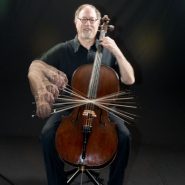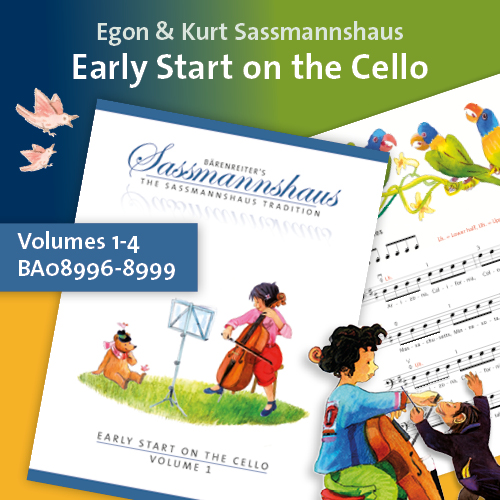Tag: string crossings
By Robert Jesselson April 22, 2019
Subjects Repertoire, Technique
By Robert Jesselson January 27, 2019
By Jonathan Pegis January 9, 2013
Subjects Orchestra, Repertoire
Tags audition excerpt, Auditions, Beethoven, Beethoven Symphonies, Beethoven's 5th Symphony, bow control, bowings, breathing, cello, cello excerpt, cellobello, control, effortless, experiment, experimentation, fingerings, intonation, Jonathan, Northwestern, pacing, Pegis, phrasing, slow breathing, string crossings, Symphony, tempo, variations, variations on a theme, vibrato















